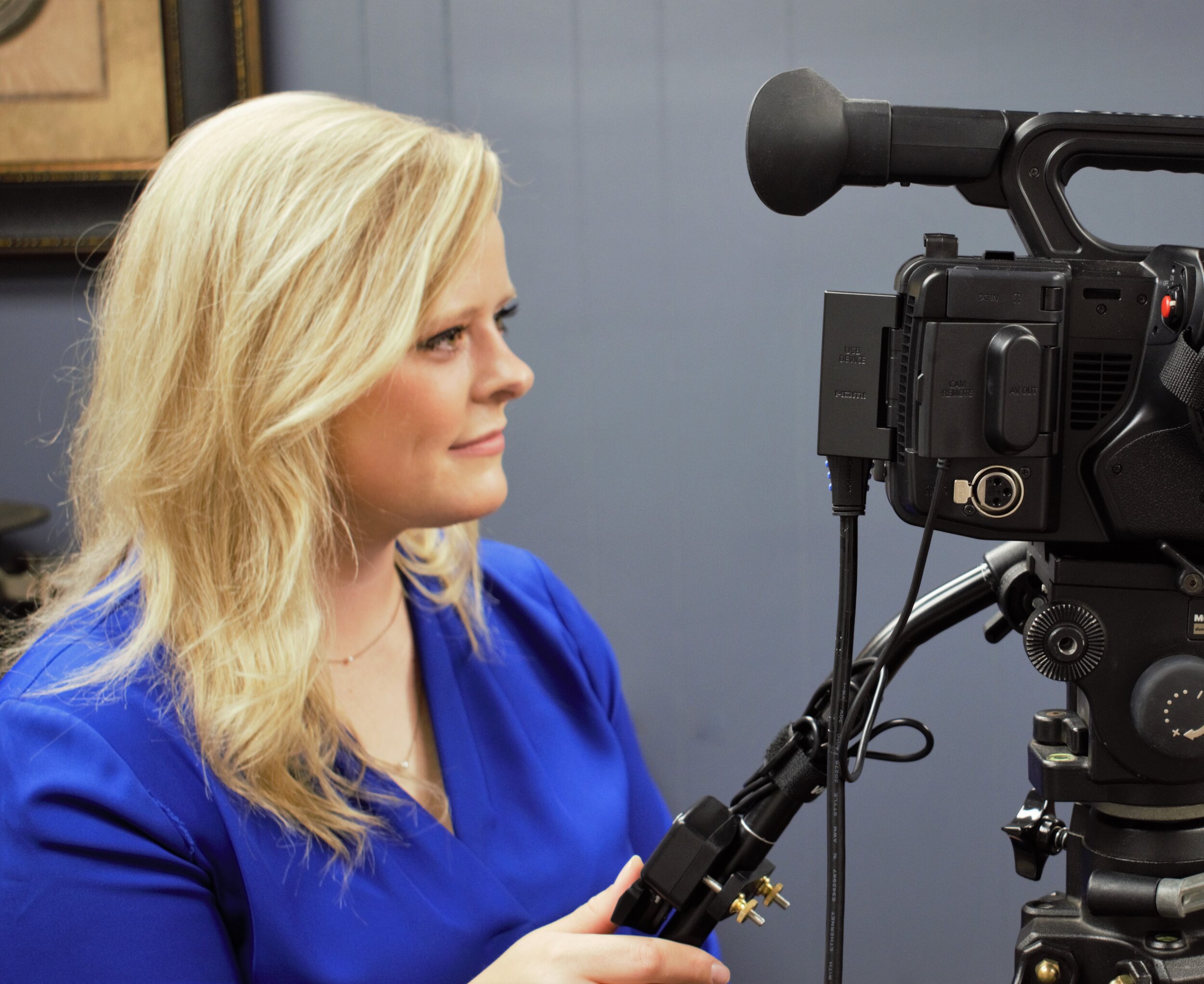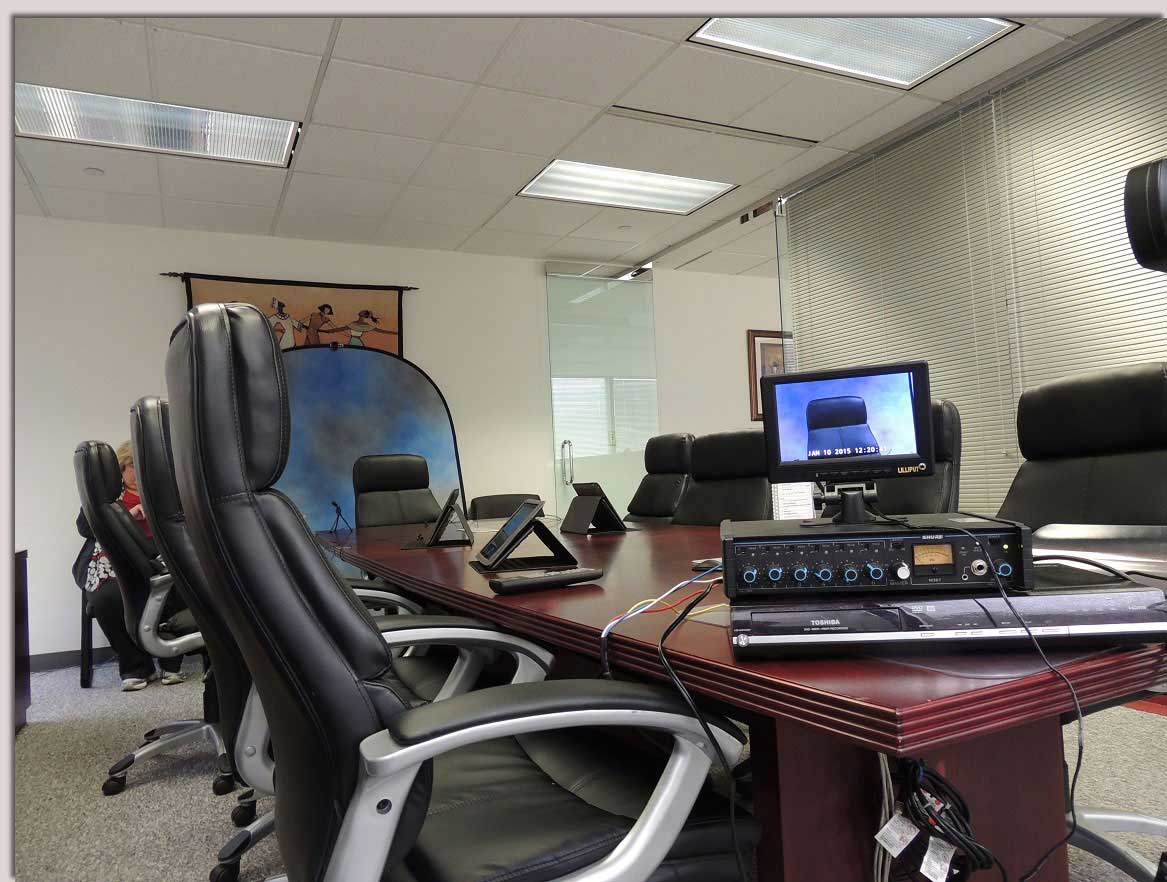Exploring the Devices of Lawful Videography: Introduction Its Procedure in Safeguarding Genuine Aesthetic Testament for Judicial Proceedings
In the world of judicial proceedings, the duty of legal videography stands as a keystone in maintaining and providing visual evidence. As innovation continues to advancement, the devices behind legal videography have come to be significantly complex, providing a crucial layer of authenticity to testaments caught on video clip.
Historical Advancement of Lawful Videography
Analyzing the historical development of legal videography exposes a substantial change in the capturing and discussion of visual proof within the lawful landscape. In the past, legal proceedings greatly depended on created records and photographs to record occasions and provide proof. With the introduction of video clip innovation, the lawful sector saw a paradigm shift in how visual testament was caught and presented.
The advancement of legal videography can be traced back to the late 20th century when advancements in video clip recording devices made it more obtainable for use in courts. This technical innovation not only improved the accuracy and reliability of aesthetic proof however likewise revolutionized the means cases were offered to courts and judges (Legal Videography). Lawyers started to identify the influential power of video recordings in conveying feelings, nuances, and non-verbal signs that created photos or transcripts alone might not capture effectively

Innovation Developments in Video Clip Documentation
What crucial technological developments have changed video documents in the legal area? The legal area has seen substantial innovations in video clip documentation technology that have improved the authenticity and dependability of aesthetic evidence in judicial proceedings. Among the vital innovations is high-definition (HD) video recording abilities, which give crystal-clear images and sharp details that are crucial for accurately capturing testaments, faces, and various other visual signs. In addition, the integration of timestamping and metadata functions in video clip documents tools has made it possible for accurate paperwork of when and where the video clip was tape-recorded, making certain the integrity of the evidence provided in court.
Additionally, innovations in video security and watermarking technologies have boosted the security and tamper-proof nature of video clip proof, safeguarding it versus unauthorized modifications or tampering. Moreover, the advent of cloud storage space options and remote access capacities has streamlined the storage, access, and sharing of video evidence, promoting seamless partnership among lawyers and making certain effective access to vital aesthetic testaments when required. These technological improvements in video documentation have actually certainly reinvented the legal area, boosting the accuracy, trustworthiness, and admissibility of visual evidence in judicial process.
Role of Lawful Videographers in Court Room Setups
The evolution of video clip paperwork technology in the legal field has necessitated a vital duty for lawful videographers in court room setups, making certain the honesty and integrity of visual testimonies provided throughout judicial process. Lawful videographers play a fundamental function in catching and protecting exact aesthetic proof that can be crucial in litigation. content Their obligation includes setting up tools, tape-recording procedures, and creating high-grade video clips that properly mirror the occasions in the court.
In court room setups, legal videographers should comply with stringent guidelines and criteria to preserve the credibility of the aesthetic record. They should have a keen eye for information and an extensive understanding of legal procedures to make certain that the video footage they catch is a true depiction of the occasions that took place. In addition, lawful videographers commonly function carefully with lawful groups to make certain that the video clip proof straightens with the instance's needs and can be effectively presented in court to sustain the legal disagreements being made. On the whole, the duty of lawful videographers in courtroom settings is vital in supporting the concepts of justice and ensuring the transparency of lawful proceedings.

Ensuring Admissibility and Integrity of Video Proof
To preserve the credibility of aesthetic proof offered in lawful process, making certain the admissibility and honesty of video clip proof is a vital duty for lawful videographers. Admissibility refers to the approval of proof by the court, and for video clip proof to be permissible, it must satisfy specific standards. Lawful videographers play an essential function in making sure that the video clips they record adhere to the guidelines of evidence, such as credibility, importance, and integrity.
Stability of video clip evidence involves maintaining the originality and accuracy of the footage from the time it is recorded till it is presented in court. This consists of firmly keeping the video files, documenting the chain of guardianship, and preventing any meddling or modifications. Legal videographers should abide by rigorous methods to ensure the integrity of the video proof and stop any type of difficulties to its credibility.
Future Trends in Legal Videography
Given the raising dependence on innovation try this site in lawful proceedings, lawful videographers are poised to embrace ingenious developments forming the future of aesthetic testimony capture and presentation. Among the noticeable fads on the horizon is the assimilation of online truth (VIRTUAL REALITY) and enhanced truth (AR) modern technologies into lawful videography. These innovations have the potential to revolutionize exactly how visual evidence exists in courts, enabling juries and courts to submerse themselves in the scene of the criminal activity or case.
Furthermore, using man-made intelligence (AI) formulas for video clip evaluation is expected to streamline the process of examining and analyzing big quantities of video clip footage. AI can help in identifying vital minutes, abnormalities, and patterns within video clips, enhancing the performance of legal investigations.

Verdict
To conclude, legal videography has played an essential duty in providing authentic aesthetic evidence for judicial process. With technical innovations and the experience of legal videographers, the honesty and admissibility of video proof are ensured in court settings. As lawful videography proceeds to develop, blog here it will be important to copyright criteria that preserve the precision and reliability of aesthetic statement for the future of legal procedures.
Taking a look at the historic progression of lawful videography reveals a substantial transformation in the capturing and presentation of visual proof within the lawful landscape.The evolution of video clip documents modern technology in the legal field has required a critical role for lawful videographers in courtroom settings, making certain the integrity and reliability of aesthetic testaments provided throughout judicial process. Furthermore, lawful videographers commonly work very closely with legal teams to make sure that the video clip proof lines up with the case's requirements and can be properly offered in court to support the legal debates being made.To preserve the credibility of aesthetic proof presented in lawful procedures, ensuring the admissibility and honesty of video evidence is a crucial responsibility for lawful videographers. As legal videography proceeds to develop, it will certainly be necessary to copyright criteria that preserve the precision and dependability of aesthetic testament for the future of legal process.